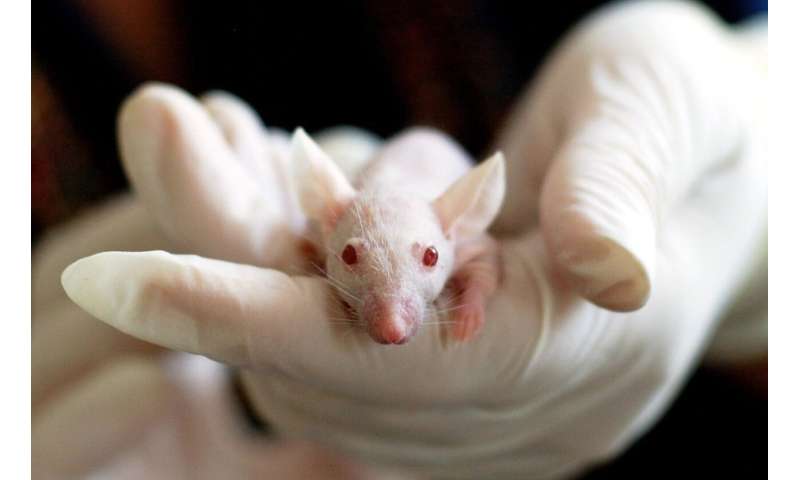
The quality of vaccines is still often tested by using laboratory animals. That has to change, according to researchers from Leiden University and the vaccinological institute Intravacc. Together they went on searching for a test method that makes animal testing unnecessary. The first promising results were published in Scientific Reports.
Immune, but not sick
The new method allows researchers to test whether a vaccine has been successfully inactivated. Inactivation makes viruses or toxins (toxins of bacteria) in a vaccine harmless, so you don’t get sick. However, the body will still recognize an inactivated pathogen. As a result, an immune reaction occurs after which you are protected against future infection. Inactivation occurs by adding the compound formaldehyde. Well-known inactivated vaccines are the vaccines against diphtheria, tetanus, and polio, together also known as the DTP injection.
The inactivation largely determines the quality of the vaccines: think of factors as efficacy, safety, and stability. Leiden Ph.D. student and first author Thomas Michiels explains: “When a vaccine enters the body, certain immune cells take up the pathogens. In order to combat the pathogens, these cells first cut them into small pieces. The speed at which they do this can influence the immune response that follows.”
Protein mixture
The team mimicked a small step of the production process of vaccins in a test tube and analyzed the effects using mass spectrometry. By measuring the amount of cut proteins over time, the scientists were able to determine the breakdown rate of the vaccine. A tricky job, because formaldehyde chemically alters the proteins at dozens of places. This leads to a heterogeneous mixture that is difficult to analyze. “We therefore focused on the protein fragments that are not altered by formaldehyde,” explains Michiels. “This allowed us to measure the rate of degradation without the changes caused by formaldehyde interfering with our measurements.”
No more animal testing
Source: Read Full Article
